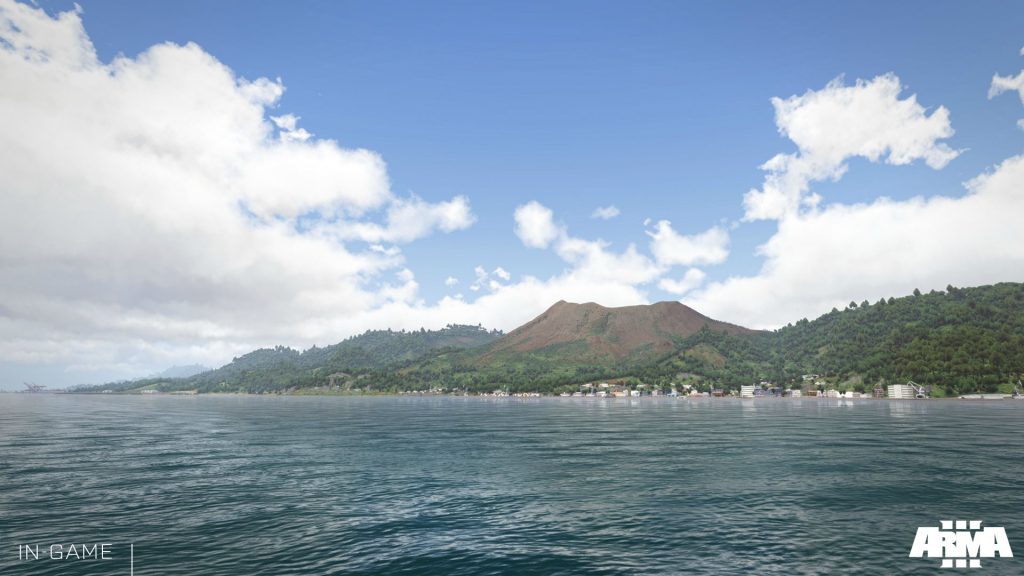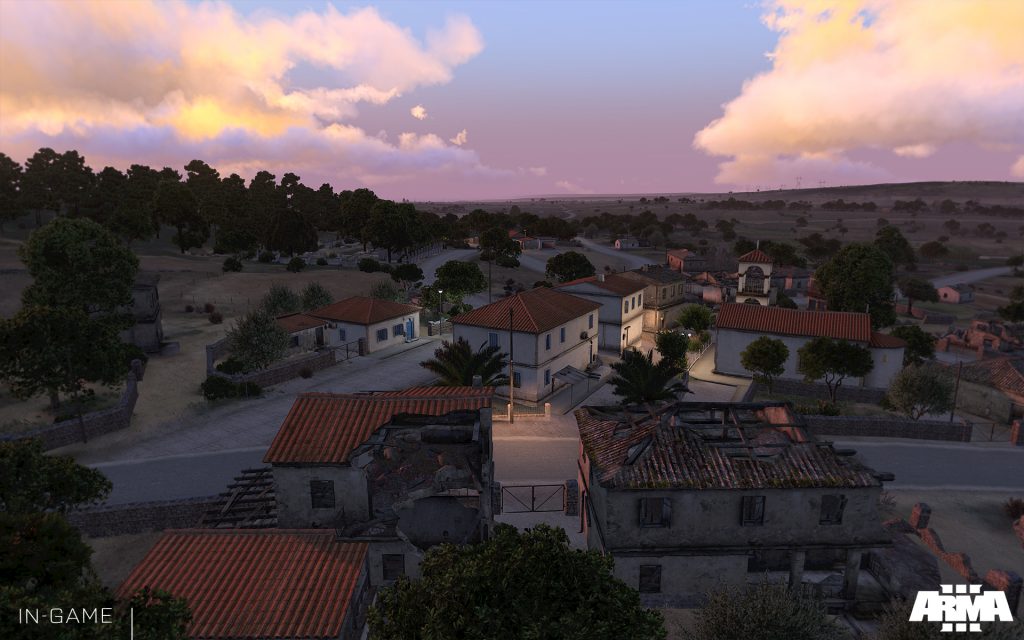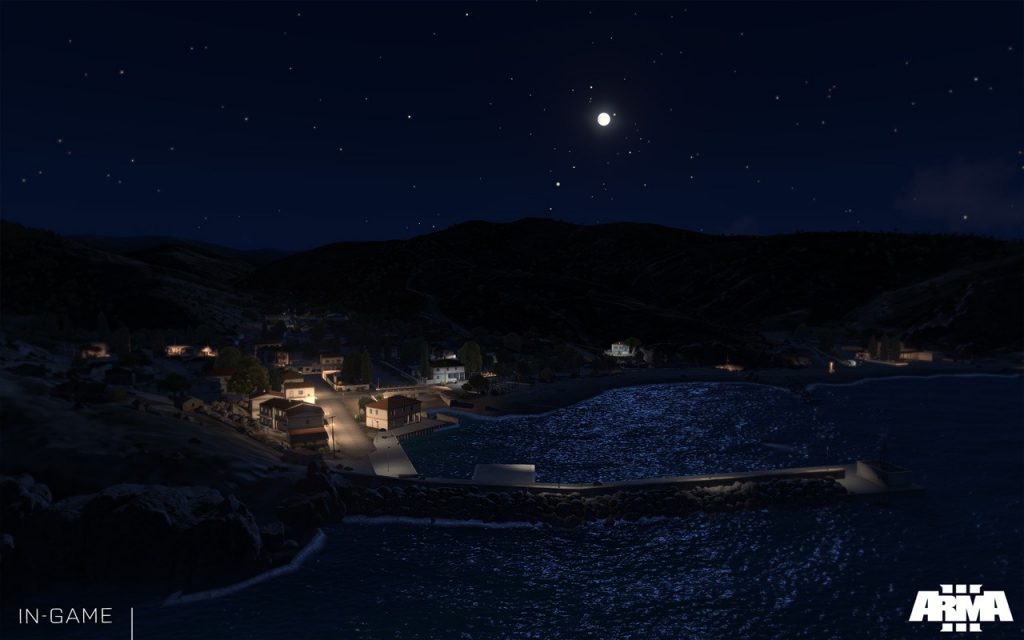
Tanoa 
Altis Village 
Windmills 
Altis Night
Lemnos (Greek: Λήμνος; Ancient Greek: Λῆμνος) is a Greek island in the northern part of the Aegean Sea. Administratively the island forms a separate municipality within the Lemnos regional unit, which is part of the North Aegean region. The principal town of the island and seat of the municipality is Myrina.[2] At 477.583 square kilometres (184.396 sq mi),[3] it is the 8th-largest island of Greece.
Lemnos is mostly flat (hence its more than 30 sand beaches), but the west, and especially the northwest part, is rough and mountainous. The highest point is Mount Skopia at the altitude of 430 m.[4] The chief towns are Myrina, on the western coast, and Moudros on the eastern shore of a large bay in the middle of the island. Myrina (also called Kastro, meaning “castle”) possesses a good harbour, which is in the process of being upgraded through construction of a west-facing sea wall. It is the seat of all trade carried on with the mainland. The hillsides afford pasture for sheep, and Lemnos has a strong husbandry tradition, being famous for its Kalathaki Limnou[5] (PDO), a cheese made from sheep and goat milk and melipasto cheese, and for its yogurt. Fruit and vegetables that grow on the island include almonds, figs, melons, watermelons, tomatoes, pumpkins and olives. The main crops are wheat, barley, sesame; in fact Lemnos was Constantinople’s granary after the Byzantine Empire lost its Anatolian possessions in the 1320s. Lemnos also produces honey (from thyme-fed bees), but, as is the case with most products of a local nature in Greece, the produced quantities are little more than simply sufficient for the local market. Muscat grapes are grown widely, and are used to produce an unusual table wine that is dry yet has a strong Muscat flavor. Since 1985 the variety and quality of Lemnos wines have increased greatly.
Climate
The climate in Lemnos is mainly Mediterranean.[6] Winters are generally mild, but there will be a snowfall occasionally. Strong winds are a feature of the island, especially in August and in winter time, hence its nickname “the wind-ridden one” (in Greek, Ανεμόεσσα). The temperature is typically 2 to 5 degrees Celsius less than in Athens, especially in summertime.
